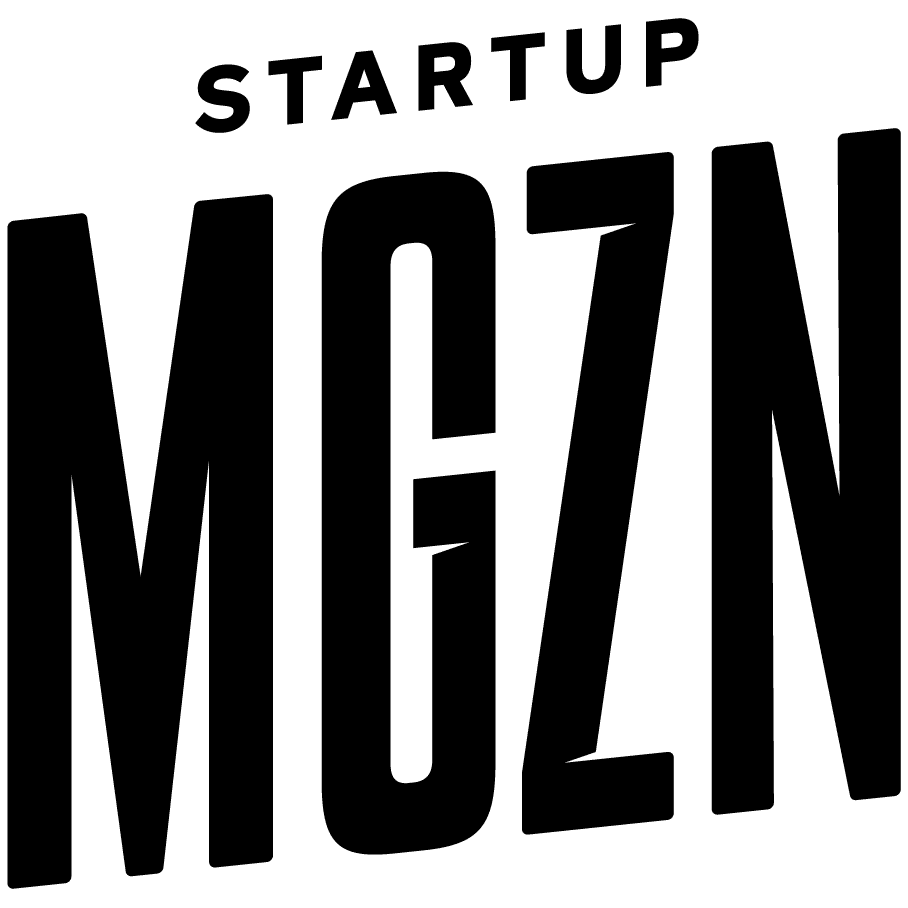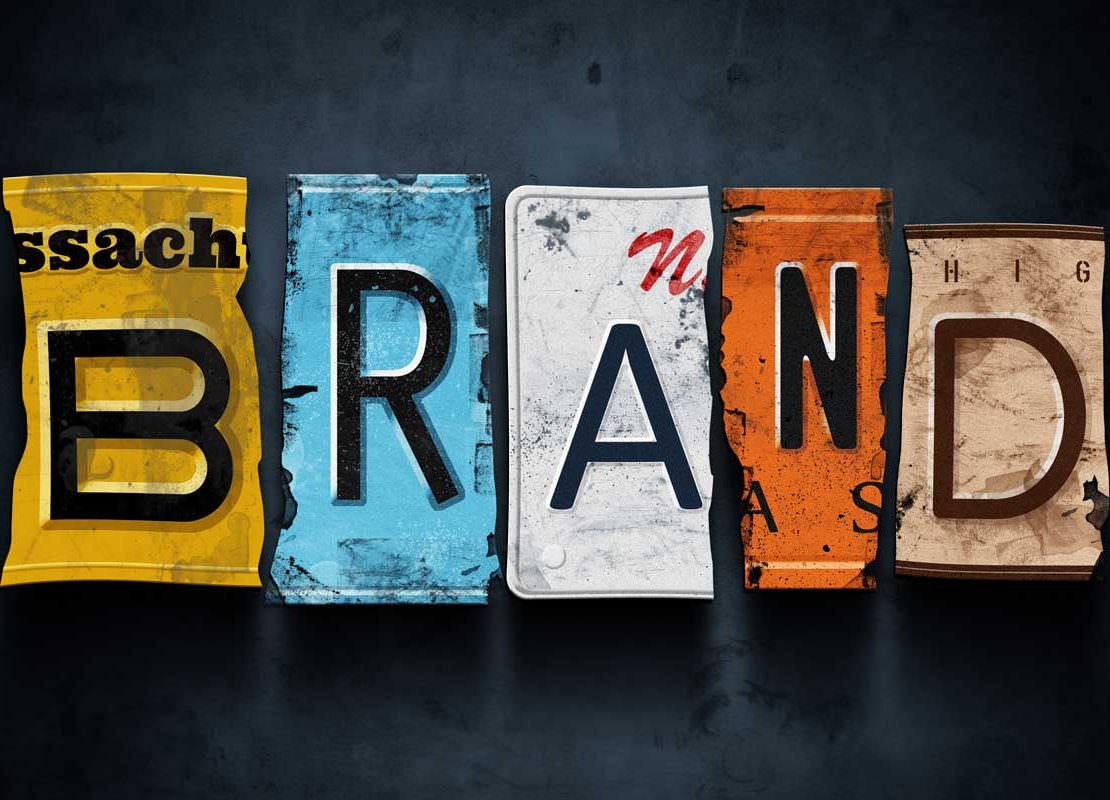Revealing facts behind what makes a good brand even if it looked bad, Or makes it bad even if it looked good.
There was a time when businesses in Bahrain primarily used the owners’ name/family name as their brand name and a typographic logo to represent their brand. Things have changed. The market has become more competitive; business owners as well as customers are now bombarded with international brands that differentiate themselves very well.
In the midst of fierce competition and a barrage of brands, the question remains: Does old-school branding make bad brands, and do we have to follow the latest trends to make a good brand?
The elements of a brand
Before deciding which brand is good or bad, we need to define what a brand is. Below are some definitions by some of the world’s leading marketing experts.
“The intangible sum of a product’s attributes: its name, packaging, and price, its history, its reputation, and the way it’s advertised.” – David Ogilvy
“A brand is a name, term, sign, symbol, or design, or a combination of them, intended to identify the goods and services of one seller or group of sellers, and to differentiate them from those of the competitor.” – Phillip Kotler
“A brand is the set of expectations, memories, stories and relationships that, taken together, account for a consumer’s decision to choose one product or service over another.” – Seth Godin
“A brand is a singular idea or concept that you own inside the mind of a prospect.” – Al Ries.
Therefore, a brand is a set of elements—tangible elements such as name, logo, design, packaging, and advertisements—and intangible elements such as memories, personality, expectations, and promises. The objective of these elements is to differentiate a product, service, idea, company or person, etc., from others.
The reason you would want to differentiate your brand from the rest is to deliver a message that will help you find the right customers and sell at the right price. Let’s take a typical example of a brand: Starbucks. Coffee is a commodity, but Starbucks managed to turn coffee into a popular brand and sell it for a premium price by delivering a message that shows the reasoning behind their prices (quality, social responsibility and store friendliness).
Visuals deliver a message
Just as Starbucks delivers a message that sells their products at a premium price, every brand has to focus on how to deliver a message that will make their products sell. In my previous article, I criticized copycat businesses that mimic other brand names. The issue here is that whatever you copy will probably not match the message you want (or should want) to deliver.
Take restaurants for example. If you opened a mid-range restaurant, you shouldn’t make menus that are too graphical and colorful. That might work for a fast-food chain, but not for a restaurant that targets a higher income customer base. And a sophisticated brand has to be sophisticated in visuals, too.
Packaging is also an important factor when you want to deliver a message. Using recycled papers will reflect that you are down-to-earth, which might make you seem more health-conscious or socially responsible. An example of reflecting perfection and sophistication in design would be Apple—people enjoy unpacking an Apple product almost as much as the product itself.
“An example of reflecting perfection and sophistication in design would be Apple—people enjoy unpacking an Apple product almost as much as the product itself.”
The brand’s misconception
Businesses as well as consumers believe a brand is comprised of the tangible elements that represent a business or a product (to be honest, most of them think a brand is a logo). They both also believe that a fancy name, logo, etc., are what makes a good brand. What if the brand ‘looked’ bad—does that mean it’s a bad brand? Are all fancy-looking brands good?
Ramez is a well-known brand, but the general perception is that it’s a cheap brand (terrible logo, ugly interior, bad customer service, etc.). I think it’s a good brand! Ramez wanted to be the cheap outlet because their customers want to buy from a cheap outlet. If Ramez management suddenly decides to re-brand, redo their interiors and improve everything to look like Carrefour or M&S, I believe their customers would leave them even if they maintained the same level of value!
Ramez is a good brand because the tangible and intangible elements of the brand are both serving the brand’s objective. On the other hand, Carrefour is an international brand that has all the tangible elements that you’d except from a good brand. Carrefour, if compared to other hypermarkets such as Lulu, is actually cheaper. Would you believe it is cheaper? Probably not, because the brand looks too good to be cheaper than other competitors.
Now, what’s a good brand?
A good brand has to have a “brand essence”; a sentence that defines the brand and differentiates it. The brand essence, in 5 to 8 words, tells you the brand’s promise and what makes this brand different. A brand also has a brand personality, which can be as deep as a real person with a real life. A personality helps bring your brand to life, creates its voice, and defines its relationship with its customers (which then creates customer loyalty).
Based on these intangible elements, you create your brand name (no chicken or egg dilemma here—you do not create your brand name first), then you create the logo, theme, design, packaging, etc. But the brand doesn’t stop here! It continues to define what differentiates you through everything a customer will see, hear, touch, smell, or taste.
P.S.
It’s been a year that I’ve been writing for Startup Bahrain, and I’m proud to be part of this team. Congratulations to the Startup Bahrain team for their amazing work! I thank them and subscribers for contributing to Startup Bahrain’s success.

